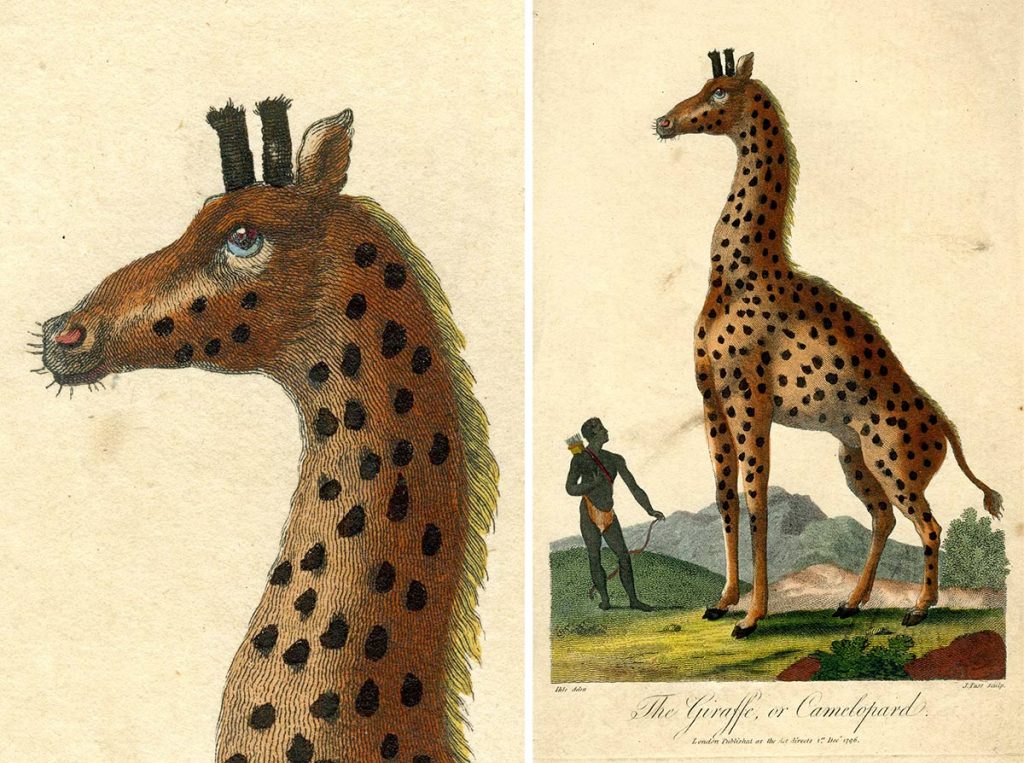The 18th century was an age of medical, scientific and geographical discovery. In these 1700s, the demand for illustrated books increased, and many of the illustrations and stories would be shown to children, even if they were not created for children. However, the illustrators often had not been present at the events they depicted, or seen the creatures they drew. Colour printing had not been invented, so watercolour was added by hand, often by several members of a family – one colour each.
The French Montgolfier family owned a papermaking business and had 16 children. Two of the sons, Joseph-Michel and Jacques-Étienne became famous as inventors.
Armies had been unsuccessful in breaking into the fort in Gibraltar, but when Joseph was watching the laundry drying, he had an idea. The clothes that were hanging over the fire billowed upards as rising hot air became trapped. Maybe troops could be carried upwards and dropped on top of the fort. Hmm!
Though the brothers actually thought the levitating power came from the fire rather than just the air, they tried many experiments with boxes, cloth bags with paper lining, and burning straw underneath. Some balloon prototypes went out of control far into the sky and crashed miles away, but it was a good start!
When people saw Joseph and Étienne lifting weights by hot air power, they were very excited. How far could a balloon carry a man? Would they be harmed, high above the clouds? The king at the time was Louis XVI. He wouldn’t allow a person to be carried in free flight until the brothers could show it was safe. They decided to show him by launching a sheep, a rooster and a duck. Sheep function like a human, roosters don’t usually fly, and if the duck survived, the balloon itself did not cause problem – any problem would have to be casued by the elevation.
These two engravings from 1783 (that I own and show children and adults in visits) are supposed to show this trial. BUT…

The balloon would not have been this shape – it had to have a hole at the bottom for the hot air to enter. And there’s no heat source.
It would have been much larger compared to the animals.
One account says that it was launched at the Palace of Versailles – this scenery doesn’t look like a palace or the correct location, and where is Louis and Queen Marie Antoinette who were supposed to be watching?
The caption under the second illustration, which shows the balloon scaring villagers when it landed, says that it travelled 45 leagues…somewhere between 90 and 120 miles – about 60 kilometres. But another version says it travelled three miles and the flight lasted close to 8 minutes.
There’s some truth here, but not the whole truth!
After the success of this flight, the king then allowed the brothers to develop a balloon that would carry the first humans to experience free balloon travel. The men were François Laurent le Vieux d’Arlandes and Jean-François Pilâtre de Rozier.
When Étienne died, his son-in-law became head of the papermaking company. His name? Barthélémy Barou de la Lombardière de Canson. Yep, the business became Montgolfier-Canson, then Canson-Montgolfier, and is now just ‘Canson’ and still producing wonderful paper!
…And here are some (faulty) animal illustrations from 1796:



